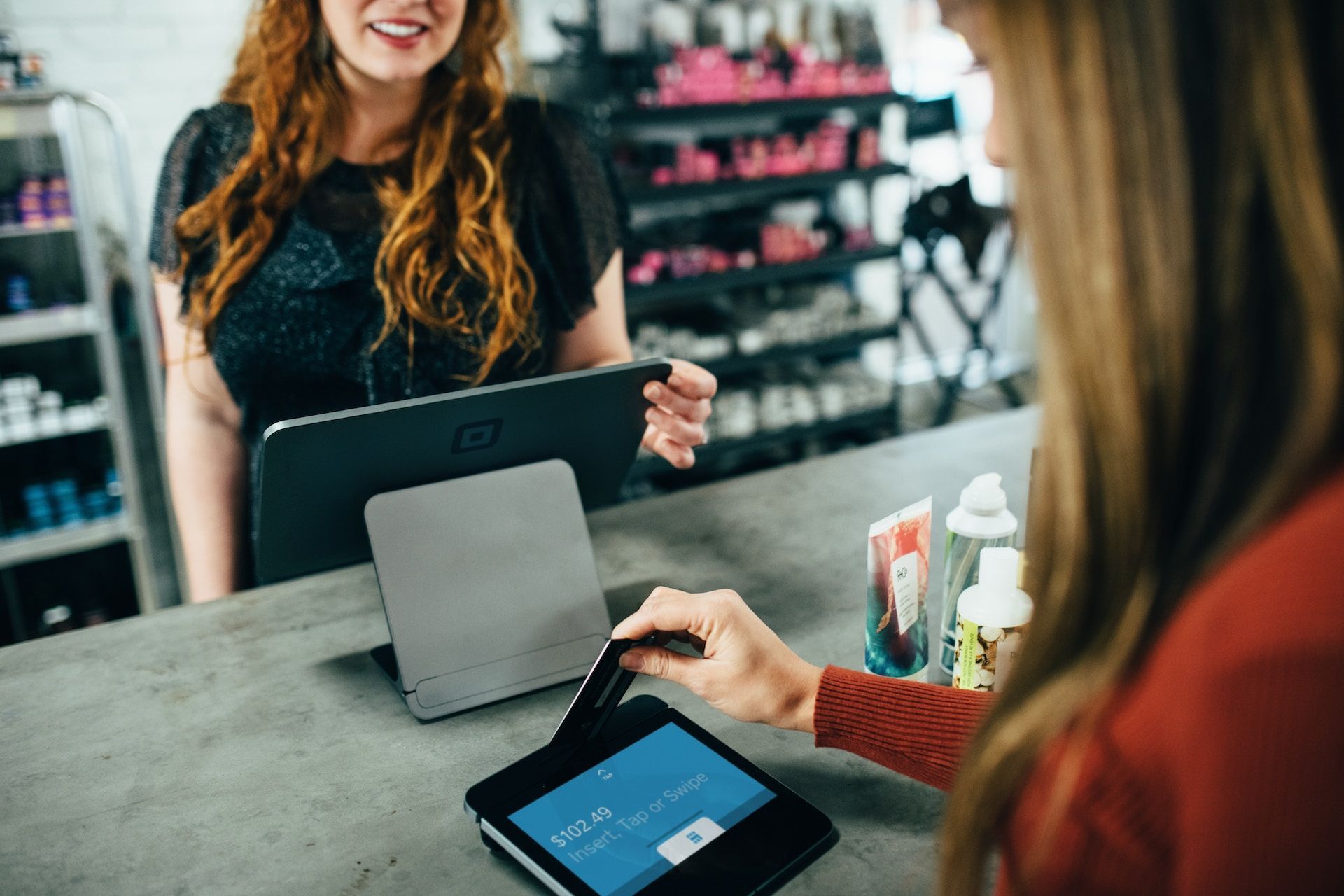Blog
Blog
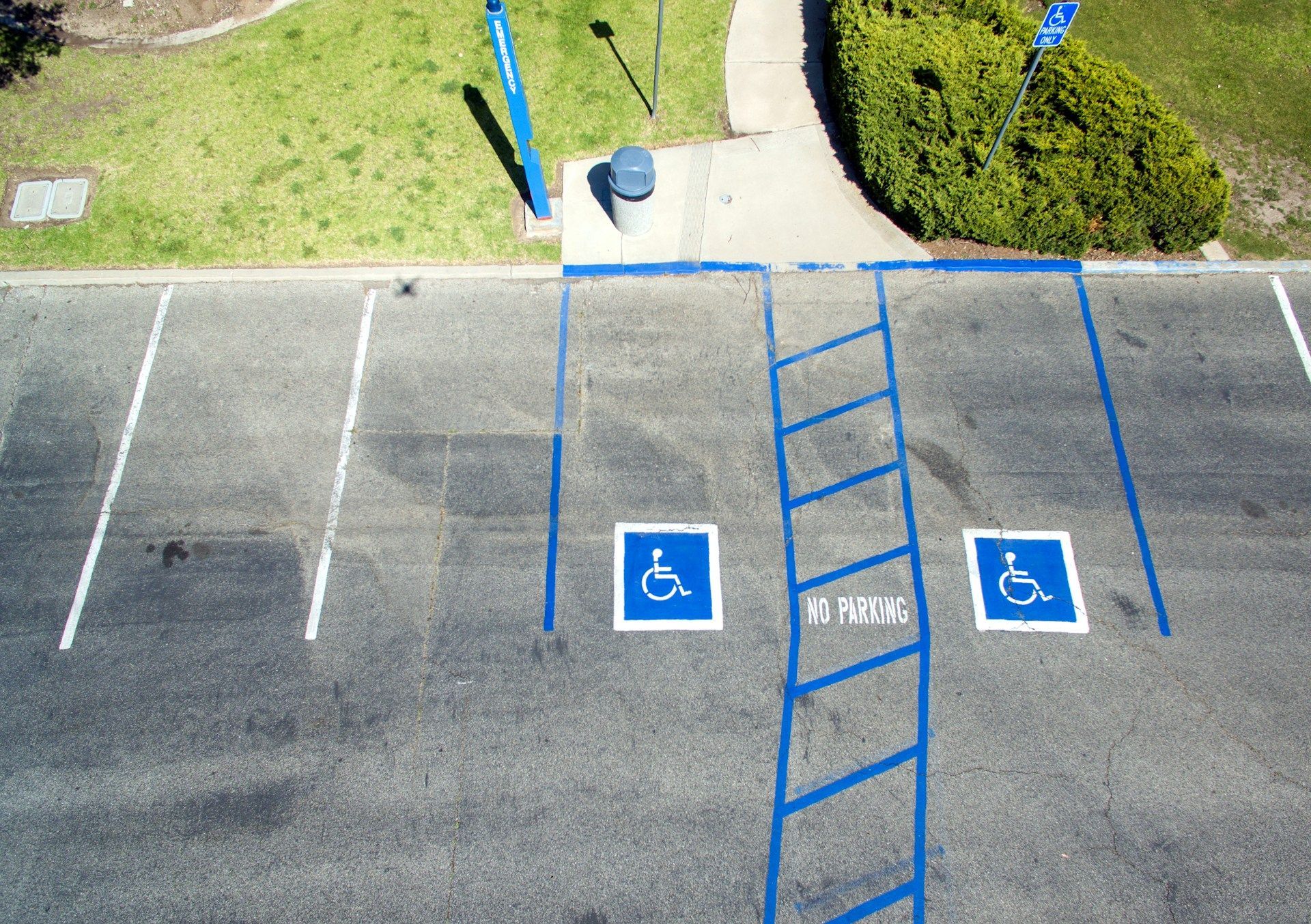
09 Apr, 2024
Accessible design isn't just the rage in commercial settings—it's also the law. The Americans With Disabilities Act became law in 1990 to ensure that people with disabilities have access to the opportunities that those with disabilities have. While the law covers many aspects of public life, commercial business owners know the importance of adhering to the regulations to allow all people access to their space and avoid fines. Many business owners, particularly those in retail, are learning the benefits of expanding beyond the foundations of the ADA. While having an accessible entrance to your store is a must, many retailers are finding ways to go above and beyond for accessibility. The best news? Adding accessible elements to your retail strategy doesn't need to be complicated; there are many straightforward, simple ways to make your store more accessible. Clear Pathways One of the foundational elements of accessibility is maintaining clear and wide pathways throughout the store; this ensures that customers using mobility aids such as wheelchairs or walkers can navigate the space comfortably. When setting up merchandise displays, ensure they will not obstruct the aisles. Endcap displays are an excellent choice, as they are usually compact while encouraging customers to purchase. With floor displays, place them in areas with wider walkways and leave ample space between them. With foresight and planning, we can create a welcoming environment for all shoppers. Accessible Entrances The entrance sets the tone for the shopping experience, and it's crucial to make it inclusive. Installing ramps or automatic doors facilitates entry for customers with mobility impairments. Additionally, ensuring that ramps have appropriate slopes and handrails enhances safety and ease of access.
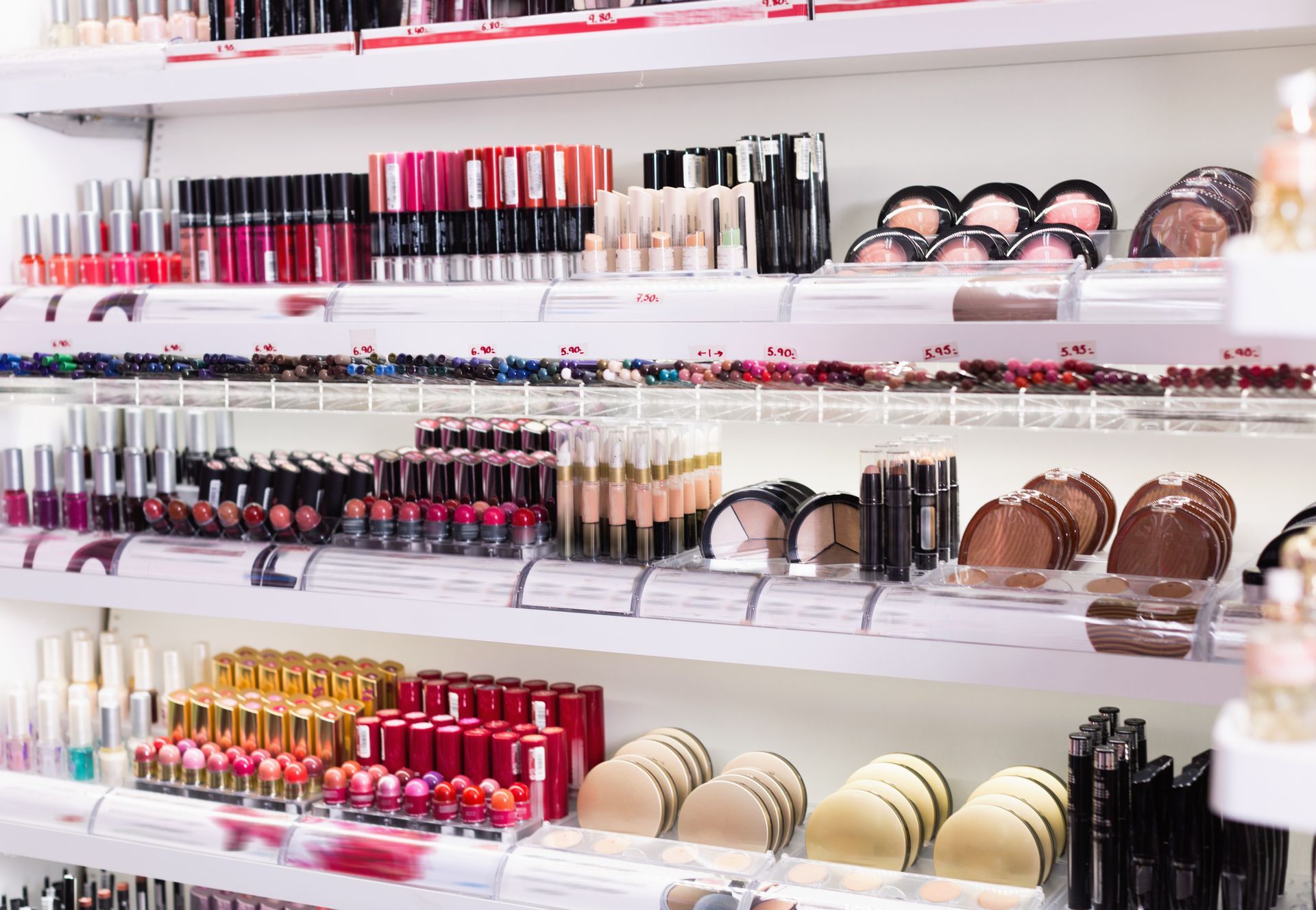
11 Jan, 2024
Retail displays can pique customers' interest and drive sales in most environments, and the beauty industry is no exception, relying heavily on them and testing products around the store. With more and more players entering the world of cosmetic products, skincare, and hair styling, the time is now for shop owners to step up their retail display game. Let's look at general tips to improve retail displays and ways to cater specifically to the beauty industry. The Power of Visual Merchandising The beauty industry is about making impactful first impressions, and visual merchandising is the key. Crafting an environment that enhances product visibility and attractiveness is an art form. From carefully chosen color schemes to ambient lighting and thoughtful layout, every element creates an inviting atmosphere that beckons customers to explore and indulge in the beauty offerings. Tailoring Displays to the Beauty Industry Understanding the target audience and staying attuned to their preferences is crucial. Beauty trends evolve rapidly, and retail displays need to mirror these shifts. Whether it's the latest color palette or a trending skincare ingredient, incorporating these elements into designs ensures that your retail space aligns with the pulse of the beauty world. Furthermore, emphasizing the sensory aspects – the feel of a skincare product, the scent of a perfume, or the texture of a makeup item – adds a tactile dimension that engages customers on a deeper level. Customization for Different Product Categories Cosmetics Displays: Showcase makeup products effectively with organized and visually appealing arrangements. Incorporate mirrors for trial and experimentation, encouraging customers to try before they buy. Create interactive displays for color matching, helping customers find their perfect shades effortlessly. Skincare Displays: Focus on product benefits and ingredients, educating customers on the unique features of each item. Provide information on skincare routines, guiding customers towards a personalized regimen. Offer testers and samples for a hands-on experience, allowing customers to feel the texture and assess the efficacy of products. Hair Styling Products Displays: Design stylish and functional displays for haircare items, reflecting the essence of different hairstyles. Incorporate styling tools for demonstration, showcasing the versatility of your products. Educate customers on achieving various hairstyles, creating an informative and interactive space.
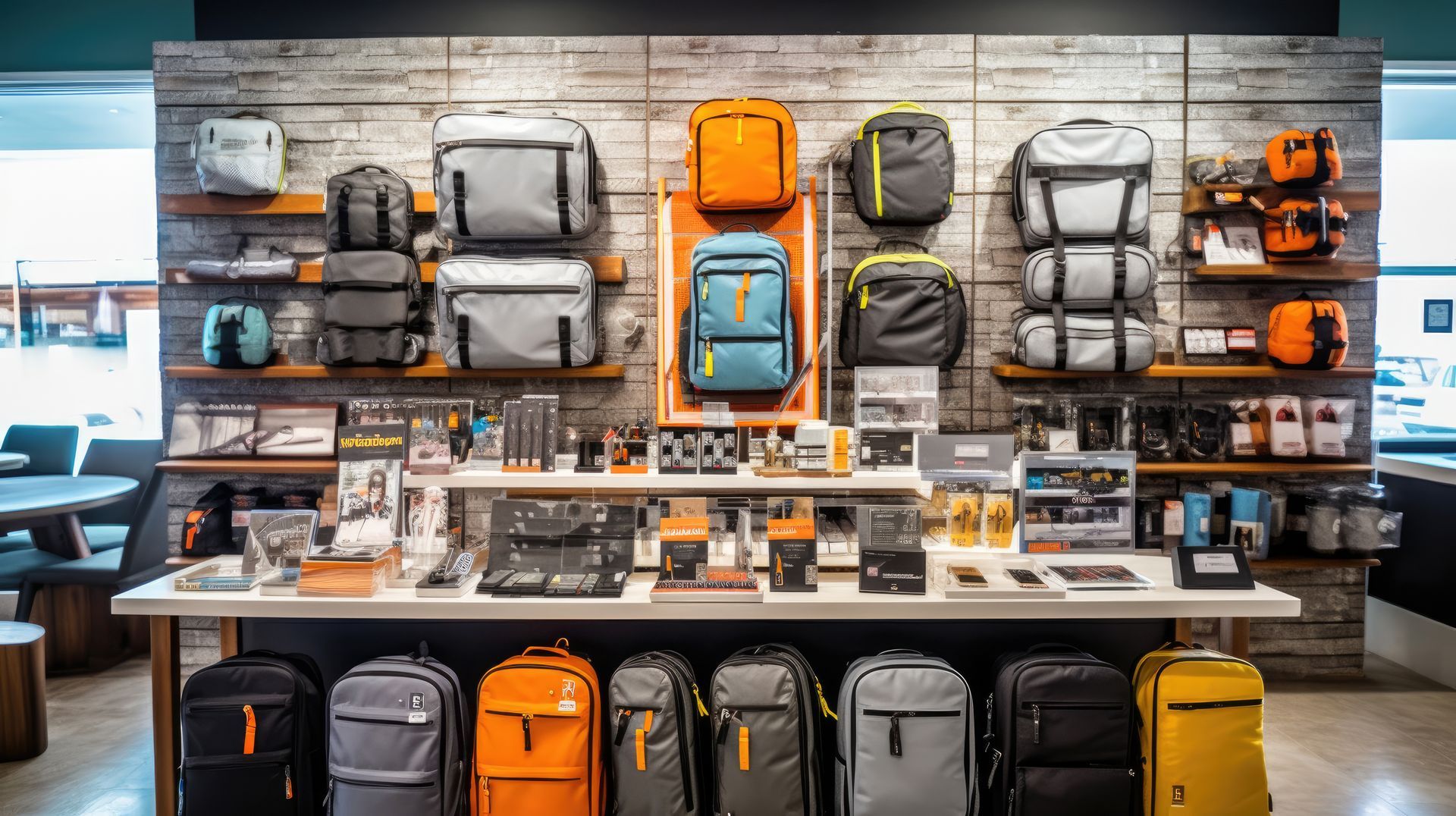
13 Dec, 2023
Great retailers know that even if a product "speaks for itself," it must still be positioned well in the store. The design of physical stores speaks to how the customer experience will unfold. Since it's not practical for retailers and store owners to constantly redesign all aspects of the store, retail displays can serve as a way to keep the store looking fresh. How often and when should store management change out their displays? Let's examine times when you'll want to switch out displays or rework what you have. New Product Launches One of the most common times to change retail displays is when your store launches a new product (or carries a new product). The vendor may already have branding and even a display design in mind. The store manager will want to find a prominent spot to put the new product in, such as right near the entrance or at the point of purchase. New products should catch the eyes of regular customers and encourage impulse purchases. Season Changes It's natural for shoppers to be in tune with the seasons. No matter what type of retail store you operate, you have specific products you'll push more in the fall and winter versus in the spring and summer. Store management should change retail displays when they can to match the tone of the seasons. Consider adding seasonal lights or props even if the store budget needs more room for new displays. Color schemes can make a massive shift, too – think brighter, warm colors for the summer and cool tone colors for the winter. Major Holidays Major holidays are also a critical time to change retail displays and seasons. If your store runs any holiday promotions or deals, your displays should reflect the sale. The traditional holiday season is an expected time to get the store decked out while holiday shoppers run in and out. However, other holidays throughout the year can serve as a time to change out displays and keep the store looking festive.

10 Nov, 2023
With the new year quickly approaching, now is the time to start planning for 2024 and beyond. At Exactec, we specialize in designing and creating innovative retail displays for our clients. To best serve our clients and their businesses, we must deeply understand consumer behavior and emerging retail trends. These forecasts and predictions can be invaluable for anyone in the retail world – so let's examine consumer behavior predictions for 2024. Hyper-Personalization In an era where consumers seek tailored experiences, hyper-personalization has become the cornerstone of successful retail strategies. Leveraging advanced data analytics and AI, businesses can now understand consumer preferences at a granular level, leading to highly customized product recommendations and messaging. By tapping into this trend, brands can foster deeper connections with their customers, ultimately boosting loyalty and retention. Take, for instance, the success story of a leading online clothing retailer that saw a significant increase in sales by implementing a personalized shopping experience, catering to each customer's unique style and preferences. Sustainable and Ethical Shopping The shift towards sustainability and ethical consumerism will continue to gain momentum in 2024. Consumers are increasingly conscious of the environmental impact of their purchasing decisions and actively seek brands that prioritize ethical practices and sustainable production. Retailers can align with this trend by incorporating eco-friendly materials and transparent supply chains, showcasing their commitment to social responsibility. By highlighting brands with robust ethical practices, retailers can resonate with the growing number of consumers who prioritize conscious shopping. Seamless Omnichannel Experience Seamless integration between online and offline shopping has become a non-negotiable expectation for consumers in 2024. The modern shopper seeks a consistent and convenient experience across various touchpoints, including mobile apps, social media, and physical stores. Successful retailers understand the significance of a cohesive omnichannel approach, providing customers with a seamless transition from browsing online to purchasing in-store. Companies that have seamlessly integrated these channels have witnessed a notable increase in customer engagement and satisfaction, setting them apart in an increasingly competitive market. Contactless and Cashless Interactions The global pandemic has accelerated the adoption of contactless and cashless payment methods, making them the preferred choice for many consumers in 2024. Retailers can adapt to this shift by offering various digital payment options and emphasizing the security and convenience of contactless transactions. By prioritizing contactless and cashless payment methods, retailers can enhance the shopping experience, ensuring a seamless and secure transaction process for their customers.

11 Oct, 2023
Point-of-purchase (POP) displays have long been a secret weapon for retailers looking to boost sales and enhance customer loyalty. These strategically placed displays can influence purchasing decisions at the critical moment when customers are about to make a final choice. However, to make the most of POP displays, retailers must avoid common mistakes in their design and setup. In this guide, we'll explore several mistakes retailers often make with POP displays and offer practical tips on how to avoid them. Overcrowding the Display One of the retailers' most prevalent mistakes when designing POP displays is overcrowding. Trying to showcase too many products on a single display can overwhelm customers and lead to decision fatigue. To avoid this mistake, keep it simple. Focus on featuring a few key products likely to catch the customer's eye. Less clutter allows customers to make quicker decisions and encourages impulse purchases. Poor Placement Another common mistake is poor placement. Placing POP displays in low-traffic areas where they go unnoticed is a missed opportunity. To maximize visibility and engagement, position your displays strategically. Place them near high-traffic areas or close to related products. At a larger store, the customer service counter and the main checkout areas are both "points of purchase," but the main checkout lanes will see higher traffic and should have more displays by them. Lack of Relevance Relevance is critical when selecting products for your POP displays. Displaying products that aren't relevant to the nearby merchandise or the current season can confuse customers and reduce the effectiveness of the display. To avoid this mistake, ensure that the products on the display align with nearby items and are suitable for the current season or occasion. If it's summer, consider featuring sunscreen and beach accessories as quick additions to the customer's full cart.

10 Aug, 2023
Spreading holiday cheer is easier for retailers when they've adequately prepared for the season. Preparation will vary by industry and size of operation, but many retailers start some parts of planning as early as the year before. By the end of summer, you should be well on your way, planning to ensure a strategic, successful, and happy holiday retail season. Let's go through a list of baseline preparation. Assessing Inventory and Stock Levels Before the holiday rush begins, it's essential to evaluate past holiday sales data and forecast demand accurately. Retailers can analyze sales patterns and identify popular products from previous years. This data-driven approach helps ensure sufficient inventory levels for high-demand items, preventing potential stockouts and lost sales opportunities. Staffing and Training The holiday season often brings increased foot traffic, making having a well-prepared and customer-focused team crucial. Retailers should assess their staffing requirements based on projected sales volume and hire seasonal employees to assist during this peak period. Managers should train these employees to provide exceptional customer service and maintain a positive shopping environment, leading to higher customer satisfaction and the potential for repeat business. Leveraging Retail Displays and POP Displays The visual appeal of retail displays can significantly impact customer engagement and sales. Exactec's expertise is crafting interactive retail displays using plastic and acrylic materials, capturing shoppers' attention and guiding them toward featured products. Retailers can use these captivating displays to create a sense of excitement and entice customers to explore the offerings further. Point of Purchase (POP) displays can also be strategically placed near checkout areas to encourage impulse purchases, effectively boosting overall sales. Integrating POS Systems for Efficiency To manage the holiday rush smoothly, retailers can leverage Point of Sale (POS) systems to streamline transactions and inventory management. These systems facilitate quick and secure payments, reducing checkout times and keeping long queues at bay. Additionally, POS systems provide valuable sales data to help retailers make informed decisions, such as identifying top-selling products and optimizing future inventory orders. Implementing Sales and Promotions Holiday-themed sales and promotions are a powerful way to attract shoppers and encourage repeat visits. Retailers can collaborate with Exactec to design eye-catching promotional displays highlighting special offers and discounts. Limited-time promotions, bundle deals, and gift-with-purchase incentives can create a sense of urgency among customers, driving immediate sales and fostering loyalty. Effective Advertising Strategies Effective advertising is crucial in driving foot traffic to brick-and-mortar stores in the digital age. Retailers can harness the power of social media, email marketing, and traditional advertising channels to create buzz around their holiday offers and promotions. Early planning is critical, as launching advertising campaigns well before the holiday season builds anticipation and strengthens brand awareness, leading to higher foot traffic and sales. Cross-Merchandising for Increased Sales Cross-merchandising involves strategically placing related products together, encouraging customers to make additional purchases. Retailers can design interactive displays that showcase complementary items, making it easier for shoppers to envision how products can enhance one another. This approach boosts sales and enhances customer satisfaction by simplifying the shopping process. Tapping into the Holiday Season Spirit To make the shopping experience memorable, retailers should infuse their stores with the holiday spirit. Consider creating a festive atmosphere with holiday decorations and music, as this ambiance fosters a positive emotional connection with customers. Incorporating holiday-themed interactive displays that engage and delight shoppers further enhances the shopping experience, leaving a lasting impression and increasing the likelihood of repeat visits.
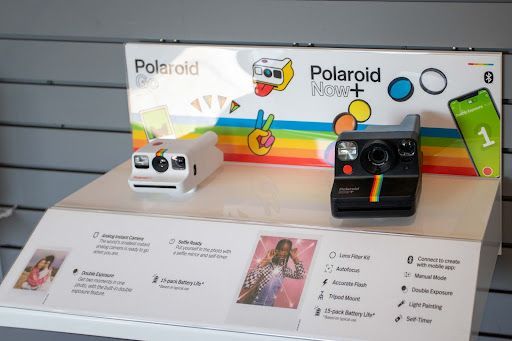
17 Jul, 2023
When shopping for a product, what information do you like to know to help you decide? Technical specs or dimensions may be the most crucial information for many products to determine whether you'll purchase. But with many products, we like to see the item up close, feel it, and even try it out. The opportunity for product exploration and samples is one-way in-store retailers can still stand apart from online-only retailers. In today's competitive retail landscape, capturing customers' attention and providing an exceptional in-store experience is paramount. When planning out the design of your store or a new product launch, consider how you can appeal to the customer's senses. Only some products may lend well to a display where users can pick the product itself up, but you can play off other senses or feature a specific part of the product. Check out these tips to help you plan your retail displays. The Power of Visual Appeal When it comes to attracting customers, visual appeal plays a crucial role. Retail displays have the power to captivate shoppers and draw them into the world of your products. Displays by the checkout or entrances and store exits can be especially beneficial. These displays, commonly known as Point-of-Purchase (POP), strategically showcase products, promotions, and critical messages to entice impulse buying. You can visually appeal to your customer's senses by having colors, designs, and lights on your POP displays. Enhancing Engagement with Touch-and-Learn Displays In the digital age, where customers can quickly research products online, creating a tactile experience is more important than ever. Touch-and-learn displays are retail displays that encourage customer interaction and exploration. These displays allow shoppers to engage with products physically, feel their textures, and experience their features firsthand. By incorporating touch-and-learn elements into their custom retail displays, retailers can create immersive environments that spark curiosity and boost customer engagement. That said, touch-and-learn displays need to be designed with loss prevention in mind. If the product on display is an authentic product rather than a prototype or floor model, an apparatus or device should ensure the display product will stay in the store. Creating an Interactive Environment Beyond visual appeal and tactile experiences, interactivity is vital in enhancing the in-store experience. When customers can actively participate in the shopping process, they become more connected to the products. That's why retail displays that facilitate product trials and demonstrations are invaluable. Whether it's a makeup tester station, a kitchen appliance display with functioning models, or a technology showcase where customers can try out devices, these displays create interactive environments that empower customers to make informed purchase decisions. Stimulating the Sense of Smell and Sound While visual and tactile experiences dominate the in-store environment, do not underestimate the power of smell and sound. Retailers should consider the potential of these often-overlooked senses to create a memorable and immersive shopping experience. Consider including scent diffusers or strategically placed speakers in your displays. The pleasant aroma of a bakery or the soothing background music in a spa-themed display can evoke emotions and leave a lasting impression on customers, ultimately enhancing their overall shopping experience. The Importance of Offering Samples One of the most effective ways to influence customer decisions is by providing samples. Whether it's a beauty product display with sample testers or a food display offering bite-sized treats, providing customers with the opportunity to try products firsthand can be a game-changer. Samples build trust in the brand, allowing customers to experience the quality and effectiveness of products before committing to a purchase. Work With Exactec As retailers and big-box stores strive to provide exceptional in-store experiences, expertise in creating custom retail displays becomes critical. By engaging multiple senses, including visual appeal, touch-and-learn displays, interactivity, scent, sound, and samples, retailers can elevate the in-store experience to new heights. With our innovative and tailored approach, Exactec helps retailers captivate customers, foster meaningful connections, and drive sales. In today's competitive retail landscape, harnessing the power of the five senses is the key to standing out and creating a memorable shopping journey. Let's connect today and talk about your design needs!

By John Dorner
•
14 Jun, 2023
Effective communication is critical to maintaining strong relationships with clients and vendors in today's highly competitive retail industry. Communication is vital for businesses of any size in serving retail clients and procurement teams. This blog post will explore five strategies to enhance communication with clients and vendors, specifically focusing on procurement and creating retail displays, including POP displays. Establish Clear Channels of Communication The client and vendor should establish clear communication channels to build a solid foundation for effective communication. Assigning a dedicated point of contact for each client and vendor ensures consistent communication and avoids confusion. By having a single representative, clients and vendors have a reliable go-to person who can address their needs and concerns promptly. When feasible, businesses should embrace multiple communication methods, including email, phone calls, video conferences, and in-person meetings. Adapting to the preferred communication mode of clients and vendors helps to maximize engagement and ensure smooth interactions. Active Listening and Understanding Client Needs Active listening is crucial to understanding and meeting client expectations. When engaging with clients and vendors, businesses should prioritize active listening. This means actively focusing on what the client or vendor is saying, demonstrating empathy, and showing genuine interest in understanding their needs. By actively listening, the team can gain valuable insights into client preferences, project requirements, and potential challenges. Furthermore, asking clarifying questions helps ensure a comprehensive understanding of client expectations, preventing misunderstandings and enabling the business to deliver satisfactory solutions.
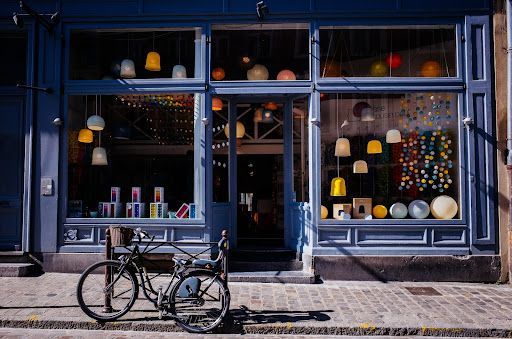
11 May, 2023
How humans perceive the world around us influences how we interact with it. We use our senses to understand our surroundings and then make decisions based on the information we gather. With sight being one of our senses, colors and designs can influence many of our decisions. Color theory is the set of principles behind the colors humans can perceive, and it has many applications in art and design. Do color and design choices matter when it comes to retail stores and visual merchandising? Unequivocally. As a retailer, creating an environment that encourages your customers to stay longer and feel comfortable is essential. One way to achieve this is by incorporating color theory into your store's design. Color theory is a concept that explores the use of color to create visual harmony, balance, and interest. This guide will explore how you can use color theory to create a welcoming and visually pleasing environment for your customers.
Ready to grow your business with us?
Whether you need us to design a display for you or there is a design already developed our team is absolutely the best at implementation and commercialization.

© 2024 All Rights Reserved Exactec


